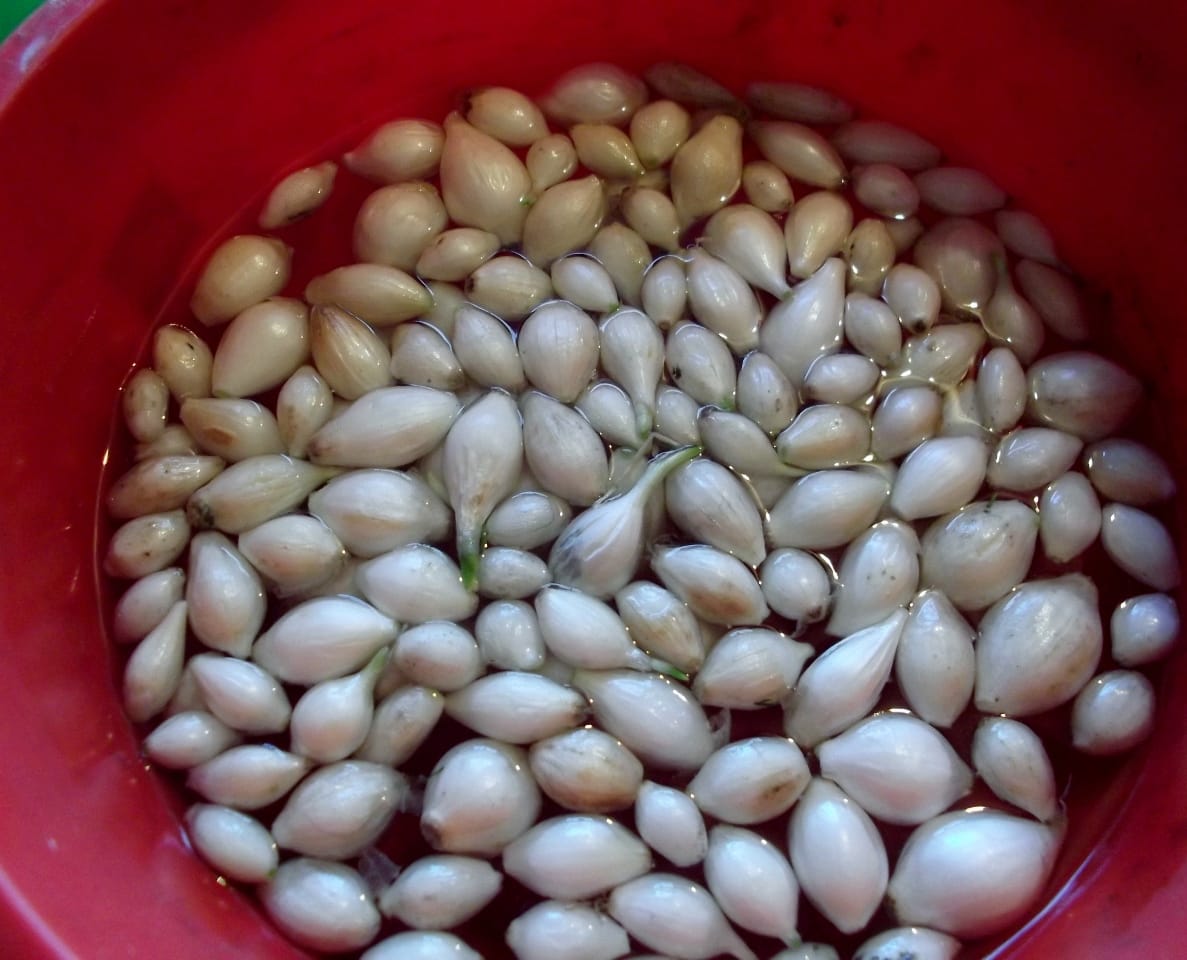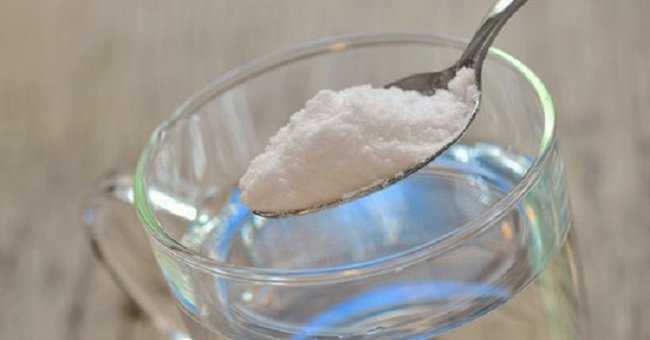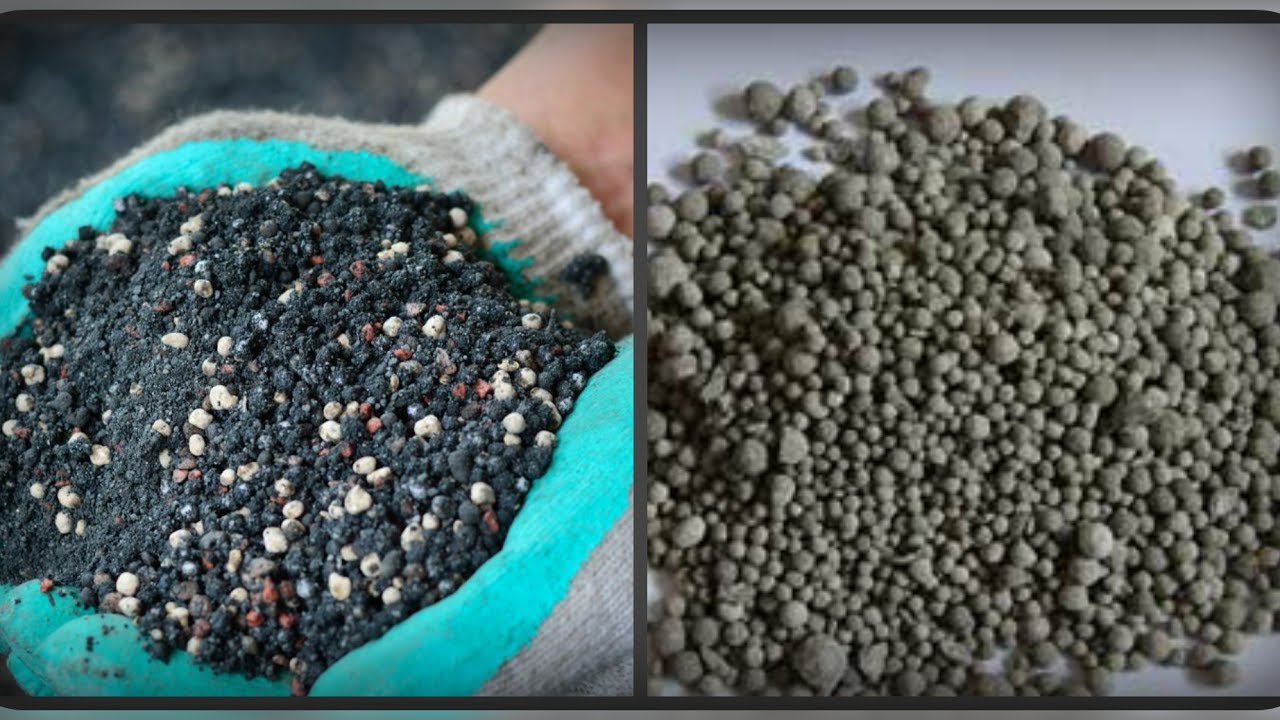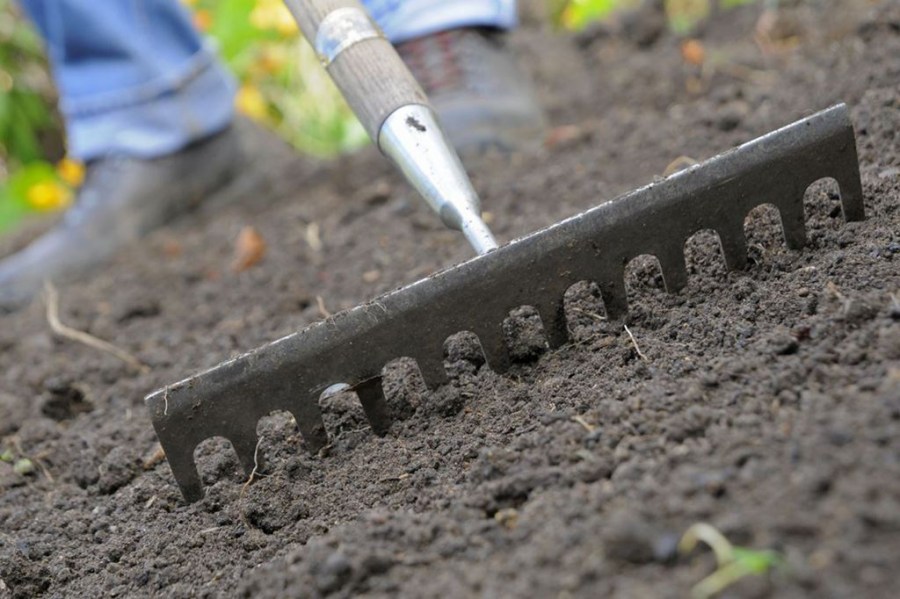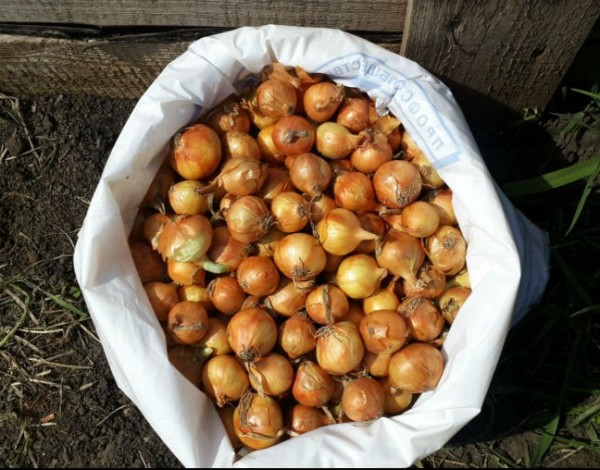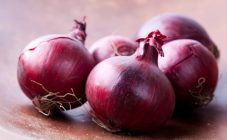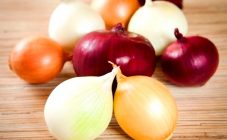Content:
Onions have been known since ancient Egypt. Many peoples of the world have attached great importance to this vegetable culture. Until now, few dishes do without onions. Its medicinal properties are known to everyone. For centuries, peoples have been collecting the subtleties of growing onion crops: how to prepare onions for planting, where to plant and when to harvest.
Agrotechnics of growing onions
Onions are considered an unpretentious crop, but you have to take care of them to get a good harvest.
There are many types of onion vegetables. Turnip varieties are small-germinated (1-2 heads), medium-germinated (2-3) and multi-germinated (4-5). The latter are also called family. Whether it is a single-bulb variety or a family, the cultivation features are very similar.
To grow bulbs, the soil must be light and nutritious. It is better if the soil is neutral acidity.
For the formation of bulbs, daylight hours are required from 13 to 17 hours, depending on the variety. In this regard, a spacious area open to the sun is allocated for the onion garden.
Air humidity for bulb growth is not as important as soil moisture. It shouldn't be wet. Watering should be done in the first half of the growing season and the laying of heads. After the bulbs are full, watering is stopped.
The predecessors of onions can be potatoes, cabbage, legumes, tomatoes, and cucumbers. After these crops, the soil is enriched with organic fertilizers. Only three years later, the onion bed is returned to its original place.
Despite the simplicity of growing onions, it is important to know how to prepare them for planting.
Sowing with seeds
Onion seeds are planted to obtain:
- onion sets for further growing turnip onions;
- direct onion heads for use or sale;
- green onion feather in early spring.
Regardless of the desired results, the nigella must be prepared for planting. The preparation includes heating the seeds, disinfecting and soaking.
The seed is heated in hot water for about 50 C. The seeds are wrapped in cloth and immersed in hot water. Thirty minutes later, the package of seeds is removed and immersed in cold water for one minute.
Disinfection is carried out using potassium permanganate. A slightly pink solution is made. You need to withstand the seeds for a day. You can also use fungicides such as phytosporin.
Nigella rises in 20 days. To speed up the germination process, the seeds are soaked in lukewarm water. A bag is made of fabric, the nigella is poured into it and immersed in water for 30-35 hours.
Spread the swollen seeds in a thin layer over a damp cloth, cover. In a humid environment, the seeds will begin to hatch after two days. Nigella is slightly dried and mixed with chalk. When planted, these seeds are easier to see on the ground.
The prepared nigella is also planted for seedlings. The grown onion planting is planted on the site in early May.
Processing onion sets before planting
For gardeners, it is more common to plant onions with small onions - a set. Its other name is arbazheika. Most often they buy it. In the spring, the onion is prepared for planting, its processing before planting.It is disassembled in size, cleaned of excess scales and first of all dried in a warm ventilated room. If the seed is planned to be planted on greens, then the dry tail at the top is cut off.
Onion sets should be processed before planting. Preparing onions for planting includes:
- Warming up;
- Soak;
- Disinfection;
Warming up
Warm the bulbs to reduce the likelihood of throwing arrows. This is done in two stages. First, the onions are scattered in a thin layer and kept at a temperature of about 20 C. It is better to do this in the sun, but you can put it on top of the cabinets. Then - at a temperature of 40-45 C for 6-7 hours.
Soak
After warming up the oatmeal should be steamed in hot water (40-45 C) and left for 15-20 minutes. After that, the set is placed in cold water for the same time. This method will not only warm the bulbous material, but also harden it.
Steaming in hot water has another goal - to prevent the bow from firing an arrow. Heated onions will form a large onion faster.
Disinfection
Oatmeal is often attacked by an onion fly. To destroy its larvae, the planting material must be etched. One way is to soak in brine. The correct saline solution is not concentrated, 1 tbsp is dissolved in a liter of warm water. l. salt. Sevok is kept in solution for 2-3 hours, after which it is washed with clean water. Salting also helps against ticks and thrips.
The next treatment is for fungal diseases. The bulbs are soaked for two hours in a weak solution of potassium permanganate. You can soak the set in a solution of copper sulfate. You can make such a tool at the rate of 30 grams. powder per 10 liters of water.
At the end of the disinfection procedure, the onions are dried.
There is a method of disinfection, in which the seed is not only treated against diseases, but also receives nutrition. This is soaking in a solution of wood ash. 250 grams of ash should go to a bucket of warm water. The onion is kept in the resulting solution for 6-8 minutes. After soaking, the onions are dried in a warm place for about 2-3 hours. Now you can start planting.
Piperazine and phytosporin in onion processing
Phytosporin will help in the struggle for the next harvest. This medication is available in powder, paste, and liquid form. Regardless of its type, it has one effect - to prevent the development of fungal and viral diseases.
Soaking in phytosparin solution is an alternative to seed treatment with potassium permanganate. Treatment with this drug will prevent the development of diseases such as powdery mildew, bacterial rot of onions, phomosis. To soak seedlings 10 gr. the drug is diluted in ½ liter of water. Arbazheika is kept in solution for 6-8 minutes.
Against the onion fly, the inoculum is treated with a piperazine solution. This drug is a substitute for saline solution. Piperazine is a remedy for worms given to children. It is used not only when processing seedlings, but also to combat onion flies in the beds.
To prepare the drug, 5 tablets are crushed and dissolved in 10 liters of water. Keep the oatmeal for about 8 minutes.
Soil preparation for sowing
An open sunny area is suitable for growing onions. The preparation of the beds begins in the fall. After harvesting and removing all weeds, the plot is dug to a depth of 20 cm. At this time, organic, phosphorus and potash fertilizers are applied.
Since onions grow better on acidified or neutral soils, liming is carried out. Slaked lime is spread in a thin layer on the site. The liming procedure should be carried out every 5-6 years.
After the snow melts and the soil dries out, the ridge for sowing the seed is dug up and 15 grams of nitroammofoska is applied per square meter. The soil must be disinfected a week before sowing. This is done with a solution of copper sulfate (three teaspoons per bucket of water).
In addition to lime, wood ash will cope with this task. 300-400 grams of ash are added per square meter. It will not only lower the acidity of the soil, but also enrich it with calcium, potassium and phosphorus.
In addition to ash, ordinary soda will help in lowering acidity. When it is added to the soil, deoxidation occurs instantly.
There are two ways to add soda to the ground. The first is to distribute the soda in a thin, even layer over the area, water it heavily and let it soak. Second - a solution is prepared at the rate of 100 grams. soda per liter of water. We water the bed with the solution and harrow with a rake.
When planting onions in the spring, you can sprinkle the prepared bed with a small amount of soda, mix it with the soil and plant a set.
Soda for the earth is not only a deoxidizer. It is used as a fertilizer. Prepare a solution with a concentration of 0.5% for foliar feeding and 3.5% for root application. These solutions will not only feed the plants, but also protect them from a variety of rot.
Baking soda can also help when preparing the seed for planting. After dissolving one teaspoon in a liter of hot water, the seed is disinfected. The temperature of the solution should be 45-50 C. The wild oat is poured for 30 minutes. This treatment has the same properties as soaking in brine. In addition, due to the high temperature, the bulbs are treated against shooting.
The key to a good harvest of onions is if the turnips are laid in the fall and reinforced in the spring. Only a set of measures for the preparation of soil, seeds and sowing will lead to the desired result. Preparation procedures do not require much time and money. All drugs are in any home. Every beginner will be able to discover the secret of how to grow a rich harvest of large and beautiful onion heads.
